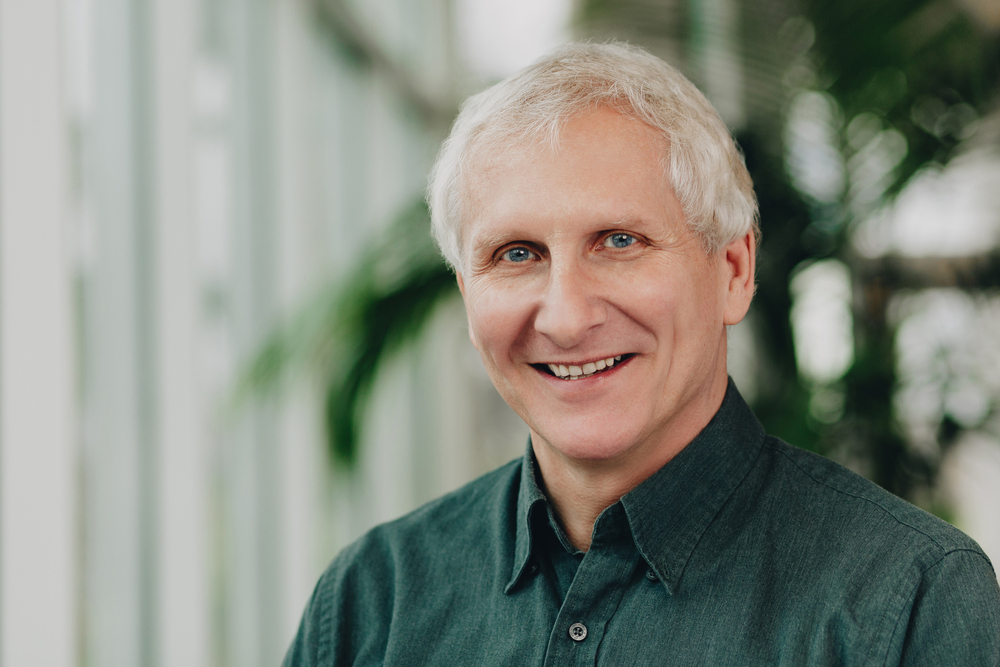A Career Perspective: Steve Adamczak
Over the past 42 years, Steve Adamczak has worked on thousands of projects in some of the most challenging and remote locations across Alaska.
As we thank him for his years of service, we invite you to learn a bit more about Steve—from his own words—as he reflects on his career at Shannon & Wilson, and highlights from his decades-long career.
Work History
Steve Adamczak received his BS in Environmental and Resource Engineering from State University of New York, College of Environmental Science & Forestry in 1979. After receiving his MS in Geotechnical Engineering from Syracuse University in 1980, Steve joined Shannon & Wilson’s Fairbanks office in February 1981. In addition to his on-the-job training, Steve continued his education in arctic engineering by attending classes at the University of Alaska Fairbanks. This experience and education helped him develop calculation methods that are still in use today at Shannon & Wilson.
"I [was] looking for a job in a place I want to live. The wage—I could deal with that later. The money wasn't what I was looking for. I was looking for a place to live and in the story being told."
Early Work in Alaksa
Steve remembers spending his first few summers at Shannon & Wilson on the North Slope of Alaska. He would work 12–13-hour days and, at times, worked on two simultaneous projects, working 120 hours a week. In the 1980’s, when the economy of Alaska had a downturn, he was the only engineer that Rohn Abbott retained in the Fairbanks office. As Shannon & Wilson entered Alaska’s environmental services market, he was even asked to assist on those projects. Over the course of his career, Steve estimates that he has worked on 3,500 to 4,000 projects in Alaska, including several where he barely survived.
“It was extremely busy in the early ‘80s . . . when I started working here. We actually shared desks because Rohn had, like, 50 employees working here at the time. We had a big lab testing program . . . We owned our own drill rigs at the time. He had multiple drill rigs out, multiple crews out working 24/7 around the clock.”
“A lot of the arctic engineering principles and design methods were in their infancy. . . but it was a very innovative time. People were trying different things, trying to learn techniques, trying to calculate these things.”
“I worked in villages all over the state. I mean, from the whole coast of the state and all the way out to Shemya out on the Aleutian Island chain. I worked in the Pribilofs, I’ve worked down the southeast. I've worked pretty much every corner of this state on different projects.”

A Perspective on Alaska's Varied Working Environment
Unique and Challenging Projects: “They're all unique, and they're all different. What I really like is with a lot of the work I've done over the last 42 years is that everything's varied. I mean, I've dealt with a lot of permafrost designs, a lot of permafrost region stuff, but all the way down to the southeast, where there’s not permafrost, but different conditions: steep hillsides, rock, a lot of varied projects.”
“I don't have any real favorite [projects]. What I have is favorite regions of the state. I think they're all unique projects and I like them all for the unique challenges. There's geotechnical engineering—then you add the dynamic of frozen ground and ice and thawing and the changes. That’s what probably kept me here more than anything else—because they're all challenging.”
“The uniqueness of all the locations. You know, a lot of these locations (had unique) living conditions. I have slept in attics of churches. I have slept on school floors. I have slept in tents. A lot of Shannon & Wilson employees would probably not even consider some of the places I've slept as being places to sleep.”




